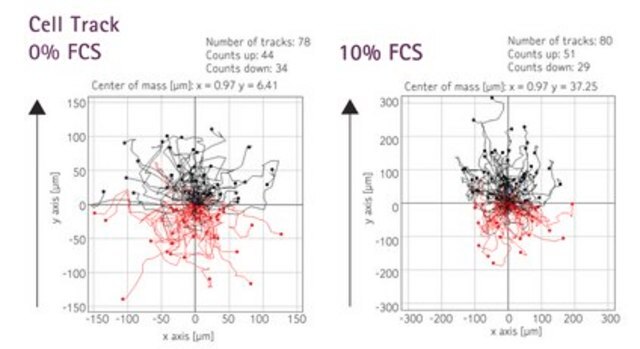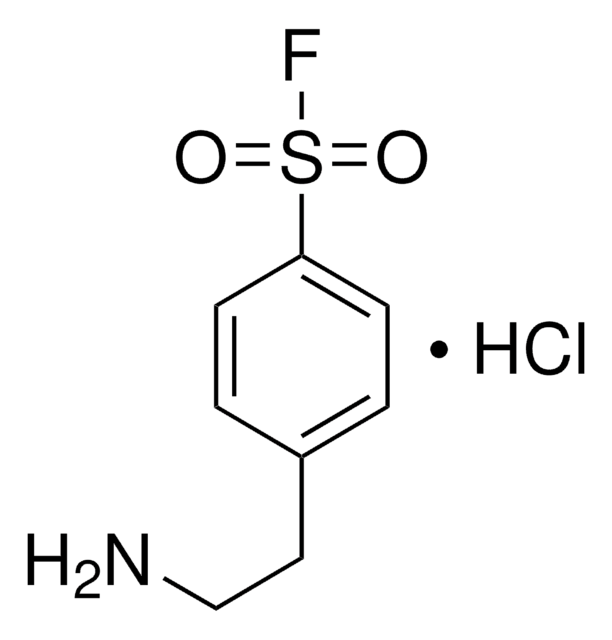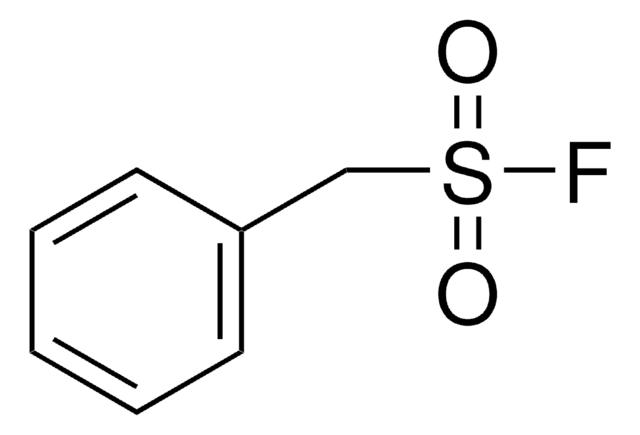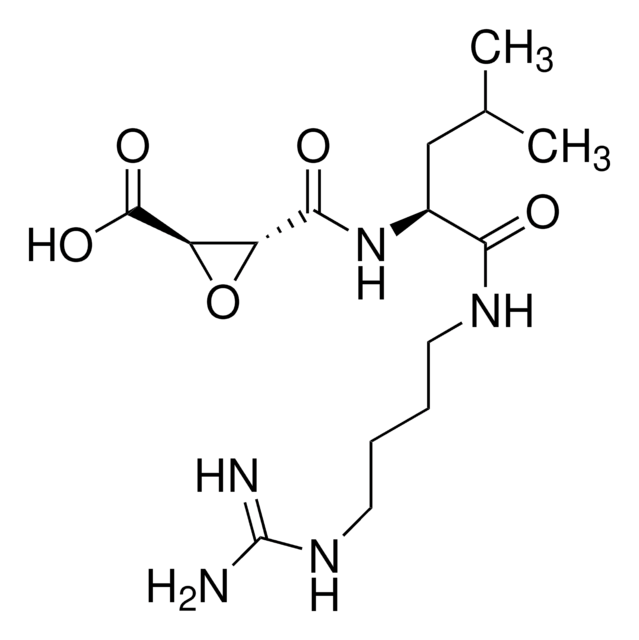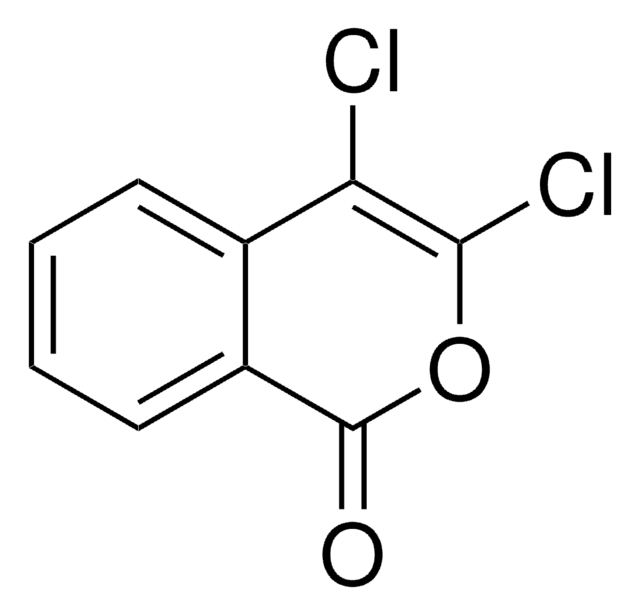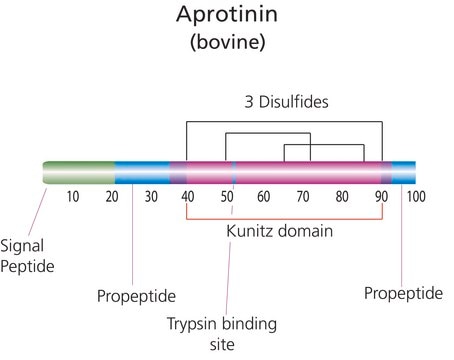A8456
4-(2-Aminoethyl)benzenesulfonyl fluoride hydrochloride
≥97.0% (HPLC)
Synonym(s):
AEBSF
About This Item
Recommended Products
biological source
synthetic (organic)
Quality Level
assay
≥97.0% (HPLC)
form
powder
mp
183-191 °C
solubility
H2O: 50 mg/mL (stable for up to six months if stored refrigerated at a pH of less than 7. If a pH of greater than 7 is required, pH adjustment should be made just prior to use.)
storage temp.
−20°C
SMILES string
FS(C1=CC=C(CCN)C=C1)(=O)=O.[H]Cl
InChI
1S/C8H10FNO2S.ClH/c9-13(11,12)8-3-1-7(2-4-8)5-6-10;/h1-4H,5-6,10H2;1H
InChI key
WRDABNWSWOHGMS-UHFFFAOYSA-N
Looking for similar products? Visit Product Comparison Guide
Application
- as a protease inhibitor in plasma samples to prevent acylated ghrelin (AG) degradation
- as a snake venom serine proteinase (SVSP) inhibitor in SVSP inhibition or AEBSF assay to test the involvement of SVSPs on the fibrinogen-clotting activity
- as a component in NP-40 lysis buffer to resuspend cell pellets for preparing cell lysates
Biochem/physiol Actions
signalword
Danger
hcodes
Hazard Classifications
Eye Dam. 1 - Skin Corr. 1A
Storage Class
8A - Combustible, corrosive hazardous materials
wgk_germany
WGK 3
flash_point_f
Not applicable
flash_point_c
Not applicable
Choose from one of the most recent versions:
Certificates of Analysis (COA)
Sorry, we don't have COAs for this product available online at this time.
If you need assistance, please contact Customer Support.
Already Own This Product?
Find documentation for the products that you have recently purchased in the Document Library.
Customers Also Viewed
Articles
Analytical Enzyme Chymotrypsin: Chymotrypsin is produced in the acinar cells of the pancreas as the inactive precursor, chymotrypsinogen.
Related Content
Trypsin is an enzyme in the serine protease class that consists of a polypeptide chain of 223 amino acid residues. Multiple sources, grades and formulations of trypsin specifically designed for research applications are available.
Our team of scientists has experience in all areas of research including Life Science, Material Science, Chemical Synthesis, Chromatography, Analytical and many others.
Contact Technical Service